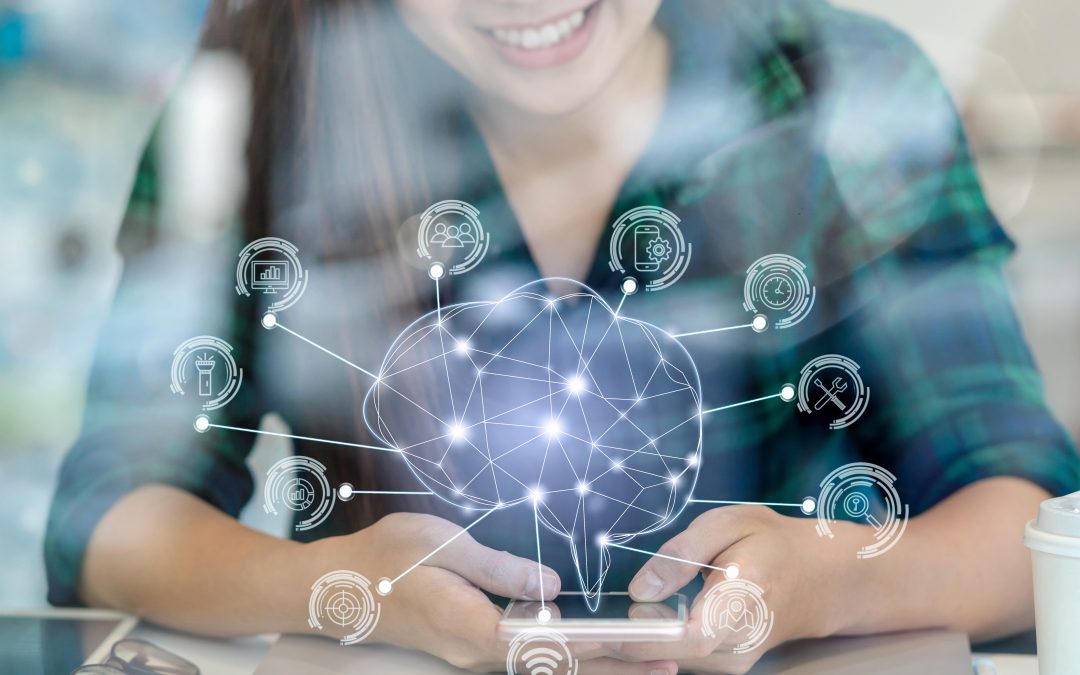Technology has never been developed at a more rapid pace than it has over the past few decades. In the last few years alone, we have seen exponential growth both in terms of capability and accessibility.
People are becoming more connected and more likely to regularly use technology as part of their everyday lives. Around the world, there are now officially more mobile broadband subscriptions than there are individual people, according to statistics from the 2018 Ericsson Mobility Report. More statistics about smartphone use worldwide can be found in the embedded infographic. Not only that, but the types and abilities of the technologies available to us are becoming far more superior, with artificial intelligence becoming more prevalent across all sectors. This leaves us facing new challenges that have never previously been relevant, such as how to ensure a safe future as technologies continue to evolve and become more sophisticated.
Matthew Ledvina works in the fintech space and focuses on disrupting the lending marketplace. Matthew researches extensively on the progress of AI and how humans must now adapt to embrace these types of technology while maintaining safe systems.
Increased Automation
Particularly in the Western world, many of the long-standing challenges of life are being solved by technology. GPS, for example, has revolutionised many areas of life, from controlling traffic to shipping and tracking goods. You can learn more about how GPS works in the short video attachment.
We now have apps that can help the medical industry assess and prioritise patients, and we can send money almost anywhere in the world instantly via electronic transfer. AI is being used to drive our cars, control our air traffic and even operate robotically on patients. The PDF attachment looks at the advantages of robotic surgery in the modern age.
These types of AI systems combine the physics of motion with highly advanced decision-making capability, all through machine learning.
Creating Safe Systems
As we become increasingly reliant on technology, there is a growing need to ensure that the systems we rely on are safe. The challenges presented in this field revolve around the fact that technological advancement is so rapid, it can be hard to predict where it will go next. An equilibrium must be found between predictability and flexibility when using AI and machine learning, particularly in areas where lives may be at stake, such as in hospitals, in the air, and on the roads.
For example, we have long used various forms of cyber-physical systems (CPS) in air traffic control, with automated systems preventing collisions, managing traffic and making a host of other decisions automatically. However, as this technology advances more complicated learning technologies and automation processes are introduced. This makes it far more complex to ensure that the technologies in use can make safe, reliable decisions every time.
Proof Technology for Verification
Andre Platzer, Carnegie Mellon University’s Associate Professor of Computer Science, argues that the solution lies in more technology. Platzer states that we need mathematical correctness proofs developed through an automated theorem prover, which uses formal mathematics to show that a CPS system will produce the correct output every time, for any input. Once this type of proof technology has been created, it can be used to verify the safety of AI systems while simultaneously increasing their capability and complexity. Platzer and his team have created the KeYmaera X prover, which can be used as a tool for constructing mathematical correctness proofs when analysing cyber-physical systems.

